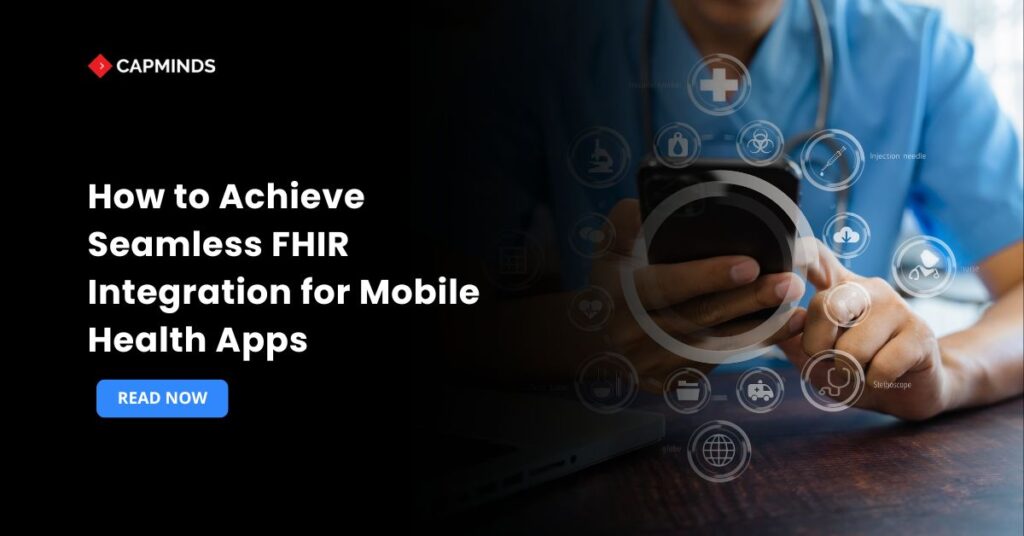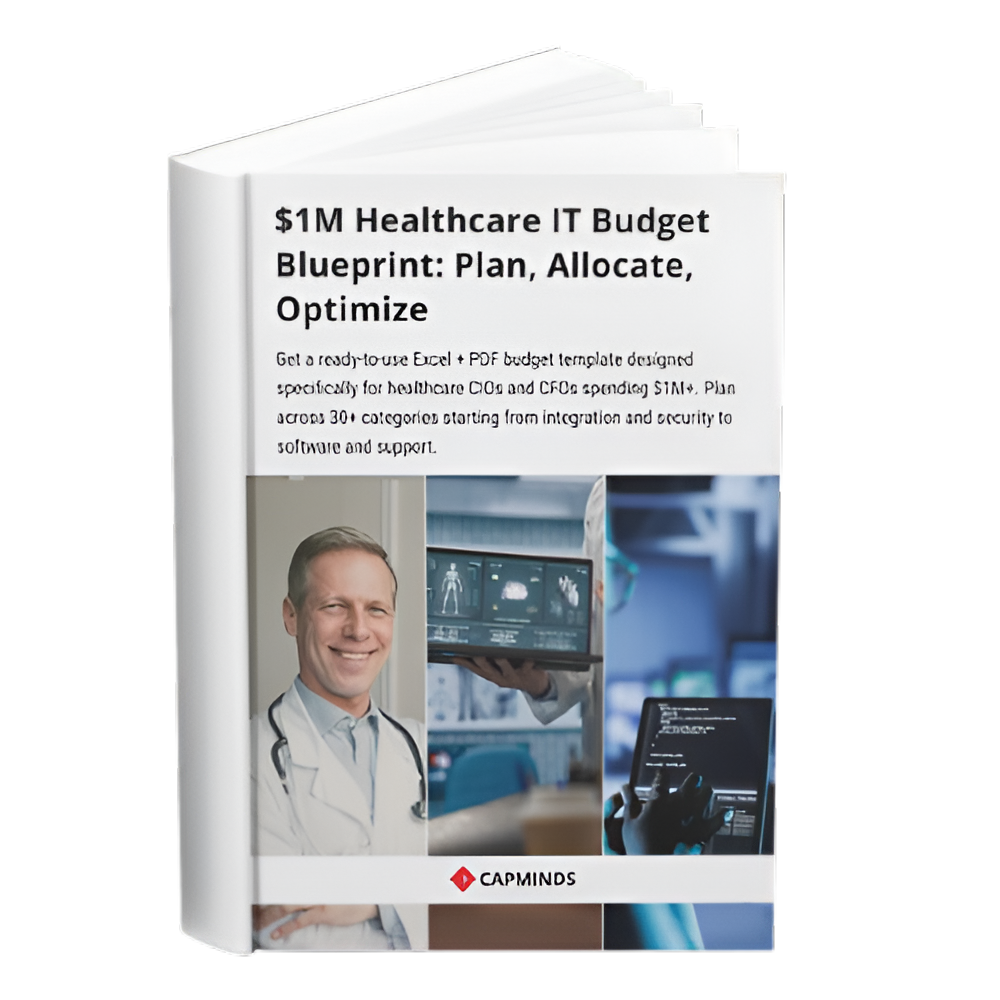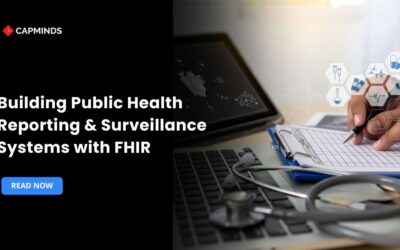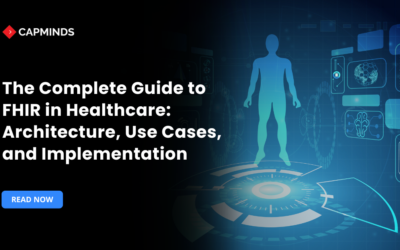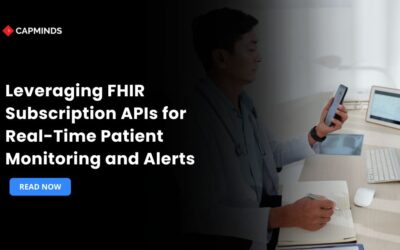How to Achieve Seamless FHIR Integration for Mobile Health Apps
Consider a patient with a well-designed application to monitor his or her glucose levels using a mobile app, and the critical information is locked, which is not visible in the EHR of his or her primary care physician.
The physician is unable to observe the trends, hence make him late or make inappropriate adjustments in treatment. This is not some hypothetical situation, but the actual implication of mobile interoperability in healthcare being nonexistent. The consequences of poor data fragmentation, workflow incompetence, and damaged patient safety are expensive.
The solution? The future, adjustable standard constructed in the era of digital health: FHIR integration for mobile application development.
What is FHIR and Why Mobile Health Apps Need It?
Fast Healthcare Interoperability Resources is a new standard that was created by HL7. It is no longer just a revision of older, bulky health data models; it is a complete change using common web technology such as RESTful APIs, JSON, and XML. This immediately makes it more available to mobile and web developers.
Mobile health applications require FHIR since it has a standard language and standardized data models-also referred to as Resources, such as Patient, Observation, and Medication, that can be comprehended by any system complying with the standard.
Key Benefits of Mobile Health Apps
Busting Data Silos – FHIR allows bi-directional sharing of data between your application and dissimilar structures such as hospital EHRs, lab systems, as well as additional health information exchanges.
Abstracted Integration – Developers have access to a generic FHIR API set up endpoints, which significantly decreases the time and cost of performing a point-to-point integration.
Regulatory Compliance – FHIR will play a crucial role in fulfilling such requirements as the 21st Century Cures Act in the US, which encourages the open access of patients to their health information.
Mobile Application Use Cases for FHIR Integration
1. Patient-Facing Data Access & Empowerment
Patients may be empowered via apps to be able to easily access their complete medical record, such as medications, allergies, and lab results across a variety of providers in a single location.
2. Chronic Condition Management
A smartphone application that tracks the blood pressure of the user can be used to send new readings to the EHR of their provider in an FHIR-compliant format, indicating an acute necessity to notify the user in case the values are too high.
3. Clinical Decision Support
FHIR-based apps can assist clinicians in getting patient data, can determine drug-allergy interactions, and offer point-of-care, real-time, and individualized treatment advice.
4. Remote Patient Monitoring
All wearable and other RPM data are transformed into standard FHIR resources, which means that device data are automatically available for clinical analysis.
Related: How EHR-Integrated Mobile App Development Improves Patient Engagement
Technical Roadmap: Steps to Integrate FHIR into a Mobile App
1. Define Your Use Case and Resources Required
Clearly explain what data your app will be required to read and/or write. This means that a primary set of resources that you will require is the Patient, MedicationRequest, and, perhaps, Observation Resources in case you are developing a medication adherence app.
2. Switch to SMART on FHIR Framework
The key layer to secure and standardize access. SMART on FHIR is an extension of the FHIR data standard that introduces a standard authorization and launch system using OAuth 2.0 and OpenID Connect.
It goes to guarantee that your application can be opened both in an EHR integration system, such as Epic or Cerner, as well as a single application, and still receive authorized access.
3. FHIR API Setup and Implementation
Choose a FHIR Server – Select a scalable server such as Google Cloud Healthcare API, Azure FHIR Service, or HAPI FHIR to store and operate FHIR resources.
Apply Client Libraries – Adopt a mobile-friendly FHIR SDK to your platform (iOS/Android) to manage the complexity of FHIR API calls and resource decoding.
4. Test and Validate
Public sandboxes EHR vendors offer and testing tools such as Inferno can be used to test the compliance of your app with the FHIR standard, and especially the US Core Implementation Guide, which defines the required FHIR profile of core patient data.
Common Challenges & How to Overcome Them
| Challenge | Description | How to Overcome |
| EHR Variations | Even with FHIR, different EHR vendors may implement FHIR resources or support specific API features differently. | Rely on community-defined implementation guides and test early and often in multiple EHR vendor sandboxes. |
| Data Quality | A bad user experience can be caused by poor quality of data or missing data in the source EHR. | Strong data validation layers in your application give excellent feedback to users in case the data is either missing or inconsistent. |
| Scaling & Latency | High-volume mobile usage can strain FHIR servers, leading to slow response times. | Use a managed, enterprise-grade FHIR server built for scalability. Implement features like batch and transaction support for bulk operations. |
| Complexity of SMART | The initial setup of the SMART on FHIR authorization workflow can be complex. | Utilize open-source libraries and SDKs from Google’s Open Health Stack or similar industry tools that abstract away much of the OAuth complexity. |
Checklist / Mobile-First FHIR Integration Best Practices
- Embrace SMART on FHIR from the First Day – It is the standard of access to EHR integration endpoints securely.
- Authorization Code + PKCE – The ultimate secure flow of public mobile applications.
- Impose Least Privilege Scopes – Only ask the minimum FHIR resources to perform the task of your app.
- Focus on Offline Functionality – A powerful mobile application cannot be supported by a network connection only. Adopt a local FHIR data store with secure storage and a specified sync strategy.
- Meet US Core – Adhere to the US Core Implementation Guide of basic data, such as Patient, Observation, to ensure the highest level of interoperability between the US-based healthcare systems.
- Periodically Audit on FHIR Compliance – Make sure regulatory and compliance tools are used to verify compliance with your implementation, as both the FHIR and regulations change.
FHIR Integration Services for Mobile Health Apps
At CapMinds, we bridge the gap between healthcare innovation and interoperability with our expert FHIR integration services.
Our customized solution will make sure that your mobile health applications easily interact with EHRs, laboratories, and patient data systems in a manner that enables better results, prompt information, and secure information transfer.
With years of expertise in digital health solutions, we help you design, deploy, and scale healthcare apps that meet today’s interoperability and compliance needs.
Our Specialized Services Include:
- FHIR Integration Services – Build and deploy HL7 FHIR-based systems that enable seamless data sharing.
- Mobile App Integration Services – Connect your mobile health apps with EHRs and external systems securely.
- FHIR Integration with Mobile App Services – Enable real-time patient data synchronization and clinician access.
- Custom API & SMART on FHIR Implementation – Ensure your app meets 21st Century Cures Act and HIPAA standards.
Let CapMinds power your next-generation mobile health ecosystem.
